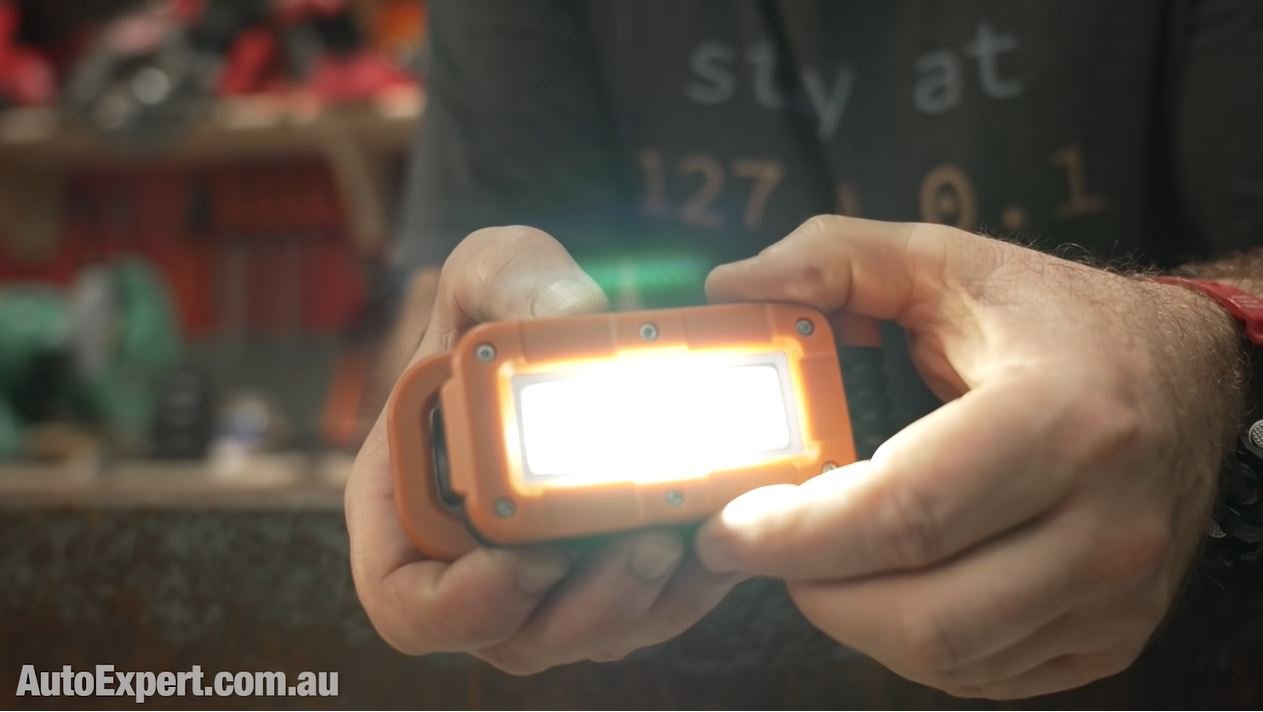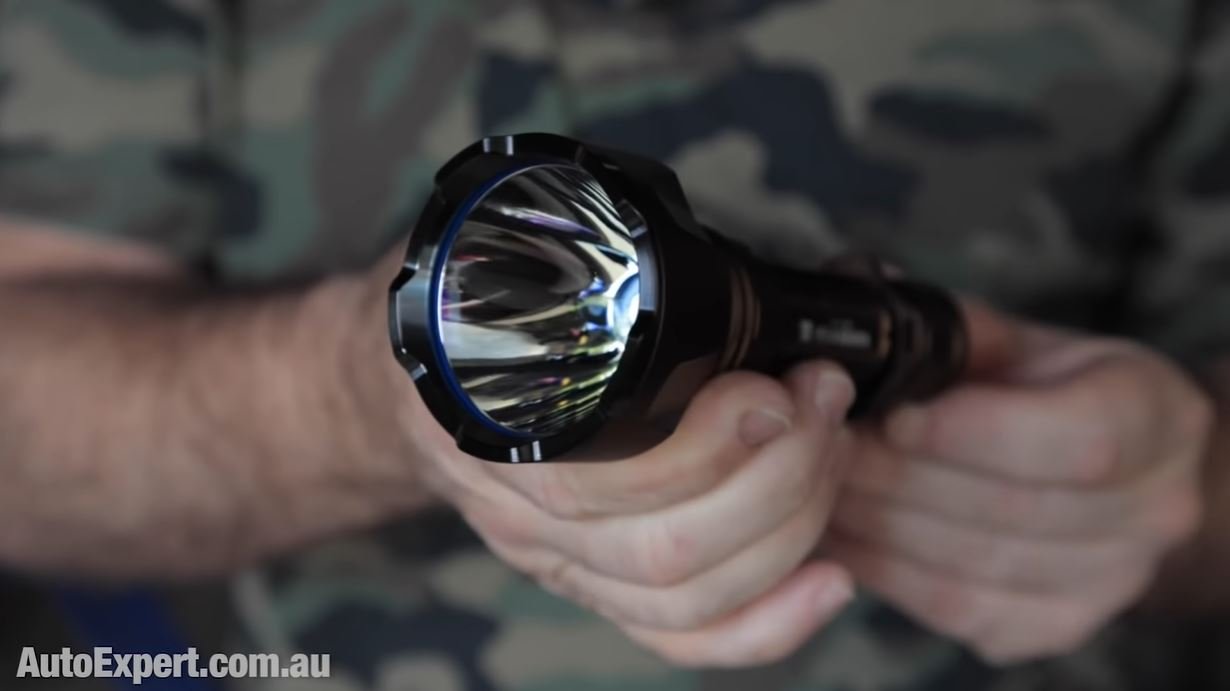How safe are electric cars in a crash?
Electric cars and crash testing: How safe are electric vehicles and how would anyone actually know? EV buyers think they’re safe, but are they?
For many people buying EVs today, it's a bit religious, which means you’re not really supposed to question anything.
You’re supposed to believe blindly in Electric Jesus (Elon Musk), because that's what faith actually is. And this belief system extends to safety - you’re allowed to think, constantly, that electric vehicles are inherently safe because ‘all the weight is down low’. But how do you know?
It must be oddly liberating to live an existence where EVs are good and internal combustion is evil. All you have to do is believe and you'll get along just fine. If you also believe EVs are safe, then you’re in blissful ignorance owning to the lack of evidence to the contrary.
If you are that EV zealot, this report is going to be a difficult read, not only because it’s based on facts, but also, it’s inspired by a real person who spends rather a lot of his downtime thinking critically about electric vehicles and crashes.
Now, all vehicles - be they electric or filthy internal combustion - must pass ADR mandated crash tests. It’s not optional. They must pass if they are to be approved for sale here in Australia.
These regulations are generally the same as the ones in Europe and or the US and that is harmonized to reduce the burden of compliance in individual markets. This process is known as homologation and it cannot be sidestepped.
But unfortunately the crash tests that get all of the air time are the ANCAP ones, and these are not legal requirements. They're not regulatory compliance tests like the ADR requirements which are pretty easy to pass, comparatively.
You can get zero ANCAP stars and still qualify for homologation and end up on sale here and there's no requirement to be tested or assessed by ANCAP - none.
Many people simply do not know this and they think ANCAP has some kind of regulatory power. The reality is it doesn't. ANCAP is not a regulatory agency - it's completely optional.
In my view, ANCAP is poorly managed because it has painted itself into an informational corner where the data they provide to the public is a complete mess of consumer irrelevance.
Frankly, it's really hard to get to the bottom of what makes a vehicle safe and it is wide open to misinterpretation by ordinary car buyers. It’s a pity lives are on the line.
The regular public wants to compare cars and find the safest one, but ANCAP's main mission, as I see it, is to continue its existence by securing the next round of government funding.
They seem to put rather a lot of energy into that, but they still cry poor and effectively spend a great deal of time just cutting and pasting results from EuroNCAP. Instead of dedicating some time to making its information digestible, ANCAP ratings offer sub-optimal outcomes for Aussie new car buyers.
Australia is not Europe and we have different kinds of crashes, obviously.
My AutoExpert AFFORDABLE ROADSIDE ASSISTANCE PACKAGE
If you’re sick of paying through the neck for roadside assistance I’ve teamed up with 24/7 to offer AutoExpert readers nationwide roadside assistance from just $69 annually, plus there’s NO JOINING FEE
Full details here >>
AutoExpert DISCOUNT OLIGHT TORCHES
These flashlights are awesome. I carry the Olight Warrior Mini 2 every day - it’s tiny, robust, and super useful in the field or in the workshop. Olight is a terrific supporter of AutoExpert.
Use the code AEJC to get a 12% discount >>
WHAT EV CRASH TESTING HAS BEEN DONE?
ANCAP has not tested a Tesla ever. They've copied the Euro results for the Model S, the Model 3 and the Model X. ANCAP has not published any Tesla results since 2019.
All ratings they do have (Model S, X and 3), they're all five stars, but the model S is from 2015 and the other X and 3 are from 2019.
So you absolutely cannot and should not compare them. They're all five stars but they're all tested to different protocols. None of them were tested in Australia.
Even Nissan Leaf’s ANCAP score, it's also a cut and paste job from EuroNCAP for ANCAP.
No news on Leaf’s safety update since 2018 from ANCAP, and that information is nearly four years old. In 2018, a completely different testing protocol pertained. It’s not relevant today.
But it’s still on sale with five stars.
ANCAP’s benchmark for five stars has changed multiple times since the current Nissan Leaf was launched in Australia in 2017.
Five stars today is just not the same thing as five stars in 2021, which must be very confusing and open to misinterpretation by average members of the public who just want to know which one's the freaking safest - people who don’t think, talk and write about cars all day every day.
ANCAP did actually crash test one Hyundai Kona Electric, onshore, back on the 18th of September, 2019. Five stars for the Kona Electric. There’s no way to tell what it would get today because that rating was awarded to Kona Electric in late 2019, but it's officially a 2017 rating, despite the EV version being tested in 2019.
See what I mean about the confusion? It's very hard to understand. (The same problem occurs when trying to find out how safe row three seats are in large SUVs >>)
ANCAP took six whole months to test it after the launch of the Kona Electric, and they only performed the offset frontal crash test. Not the pole test, not the side impact test; they claim they only did this test for “auditing purposes”, whatever that means.
Next up, Mercedes EQA and EQC, the dizygotic plug-in Benz offerings. Another Euro cut and paste job for Australia.
Both of them got five stars but were tested in 2019, so not the same thing as five stars in 2021, which is totally confusing because, yeah, you can say they’re ‘pretty safe’, but that's about all.
However, there's no reverse auto emergency braking or junction-assist, for example, with either EQ.
ANCAP has also cut and pasted the EuroNCAP result for the ‘old’ Hyundai Ioniq (that's the hybrid/electric platform) sold in Australia from 2018, not the EV-only Ionic 5 which they've only just launched in 2021.
ANCAP includes the hybrid, plug-in and full-EV Ioniq together under the same rating; that's a 2016 five-star rating for a car that did not go on sale here until late 2018. Go figure.
New Hyundai Ioniq 5 is here, except it’s sold in right-hand drive in Australia, but was tested in LHD.
The Hyundai Ioniq 5, which is quite an impressive car, is the company’s shiny new EV platform which they’ve botched the launch of by effectively having none for sale, statistically.
Ioniq 5’s rating is also a Euro-based test for Australia. But at least it's a current rating of five stars. In fact, it's the only current rating of five stars for an EV that I could find on ANCAP's website. There might be, but I couldn’t find it.
If you're thinking about taking your chances with a Chinese EV, ANCAP did helpfully cut and paste EuroNCAP’s 2019 result for the MG ZS EV, despite the vehicle itself not going on sale here until November of 2020.
I'm highlighting this retroactive ratings approach because it means a particular vehicle can be launched here on a particular date long after having its safety rating assessed to an earlier set of easier evaluation protocols. It’s substantially easier to get five stars under old protocols.
As loopholes go, I'd suggest it seems like a pretty big one to me.
If you just want a plug-in hybrid because you're not quite yet ready to go full EV cult with an MG, ANCAP has helpfully cut and pasted the EuroNCAP determination for the MG HS, but nobody's been asked to crash test the plug-in so, as yet, it’s unrated.
The unknown safety element for all EVs hastily built off the back of existing combustion platforms is actually on-the-limit handling. This is fundamental crash avoidance, when you
think about it, and frankly they are bound to be bad at that because of an intrinsic phenomenon known as modal separation: learn more here >>
Modal separation affects dynamics, especially at the limit. When you turn an internal combustion platform into an EV, you lower the mass centre relative to the roll centre. This changes the behaviour; it is either too soft in ‘bump and rebound’ or too stiff in roll - or both.
You get this departure from what were ideal settings in the combustion platform, to something fundamentally different because the same set of control architecture is trying to do two different things.
To my knowledge, nobody actually tests for this problem, at least not externally from carmaker R&D facilities, which is disgraceful.
Every engineer alive, even the bad ones, can see that this is a potentially dangerous compromise that is crying out to be independently assessed as a priority.




















The MG ZS is a small SUV that offers such strong value to most buyers that it should be on your shortlist be default, even when shopping for a used car. But given that no car is perfect, the price could easily distract from its drawbacks.